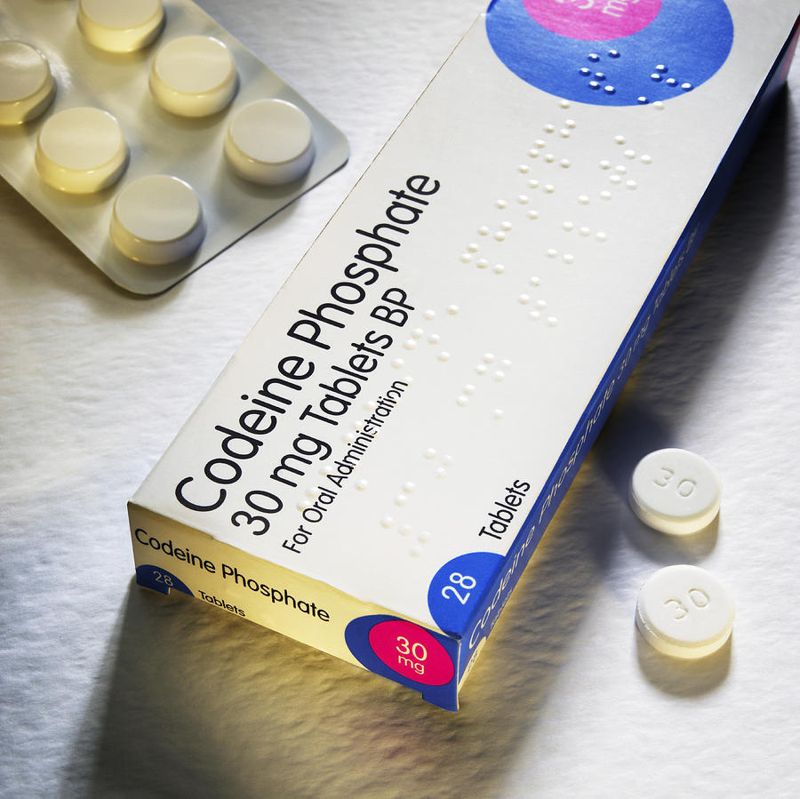
Codeine
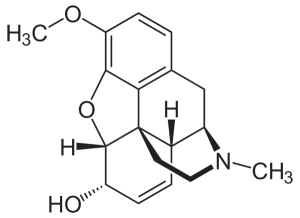
Pharmacokinetics
After absorption, codeine is metabolized in the liver (mainly demethylation with the formation of norcodeine) and then excreted by the kidneys. Unlike morphine, it is excreted in an inactive form.
About 10% of the administered dose of codeine is transformed into morphine after demethylation. It is this fraction that explains the analgesic effect of codeine, since it itself has a very weak affinity for opioid receptors.
Pharmacological action
Codeine has a mild or moderate analgesic effect, it should not be used for severe pain. Similarly, its ability to cause sedation, nausea, vomiting and to depress breathing is limited.
Codeine is not recommended to be administered intravenously, since its ability to stimulate the release of histamine is even more pronounced than that of morphine.
Enteral administration of codeine at a dose of 15 mg has a pronounced antitussive effect. When the dose is increased to 60 mg, this effect is enhanced.
Codeine is usually included in the composition of complex drugs, using its antitussive effect, and is also often combined with non-narcotic analgesics to relieve mild or moderate pain.
The maximum analgesic effect is noted at a dose of 60 mg, equivalent to 650 mg of acetylsalicylic acid (aspirin). With intramuscular administration, 130 mg of codeine is equivalent to 10 mg of morphine.
It should be noted that it is among the most common narcotic drugs that are easily available for purchase all over the world. Codeine products can be found on illegal markets, most often in combination with glutetimide (doriden) or carisoprodol (soma).

Dihydrocodeine is an opioid analgesic and antitussive agent of central action. The main effects of dihydrocodeine are due to interaction with opioid receptors. The severity of the analgesic effect is assessed as moderate – inferior to morphine, but superior to codeine. When ingested, the duration of action is 4-5 hours.
Dihydrocodeine is used for: cough attacks, moderate and severe pain syndrome in rheumatic diseases, herpetic lesions, bone fractures, injuries, burns, stage II malignant tumors; pre- and postoperative pain.
The results of a study conducted in Edinburgh for three and a half years indicate that the drug dihydrocodeine is no less effective and safer than methadone, currently used as a substitute for heroin.
Dihydrocodeine is popular among people with mild heroin addiction who are about to quit. However, if you use it for a long time, it has serious drawbacks. Due to the specific effect that opiates have on the digestive system, the combination of opiates and chalk in dihydrocodeine can lead to frequent constipation. If there is a strong opiate addiction, it is worth seriously considering switching to methadone. Chronic constipation can pose a serious health hazard.

 Cannabinoids
Cannabinoids  Barbiturates
Barbiturates  Opium antagonists
Opium antagonists  Fentanyl
Fentanyl 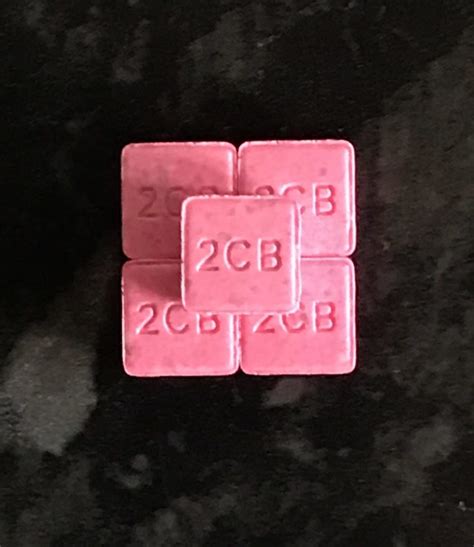 2C-B
2C-B  Cathinones
Cathinones 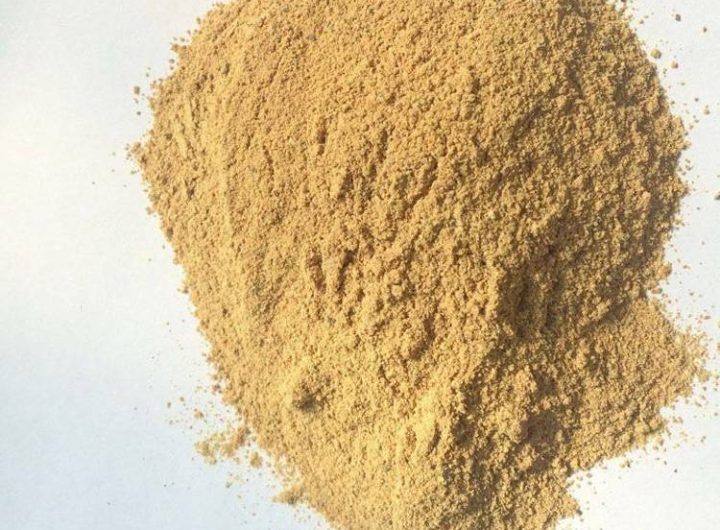 MGM-15
MGM-15 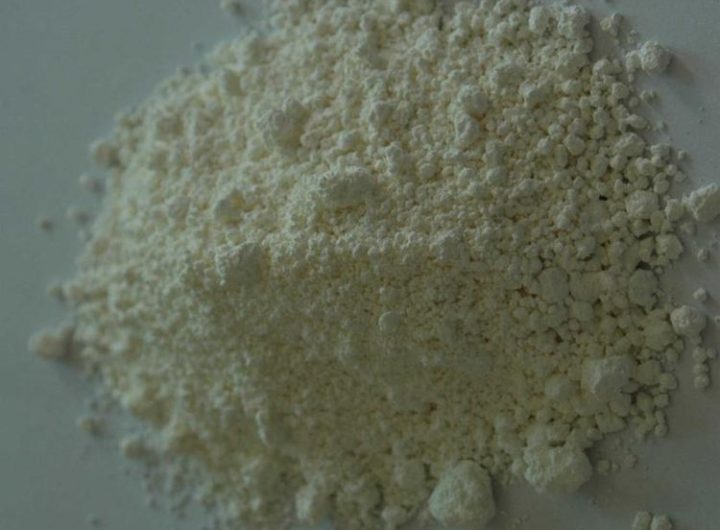 PiPTapentadol
PiPTapentadol  Methoxptamine (MXP)
Methoxptamine (MXP)  Nortilidine
Nortilidine
Dobrý den potřeboval bych codeine tablety na suchý dráždivy kasel